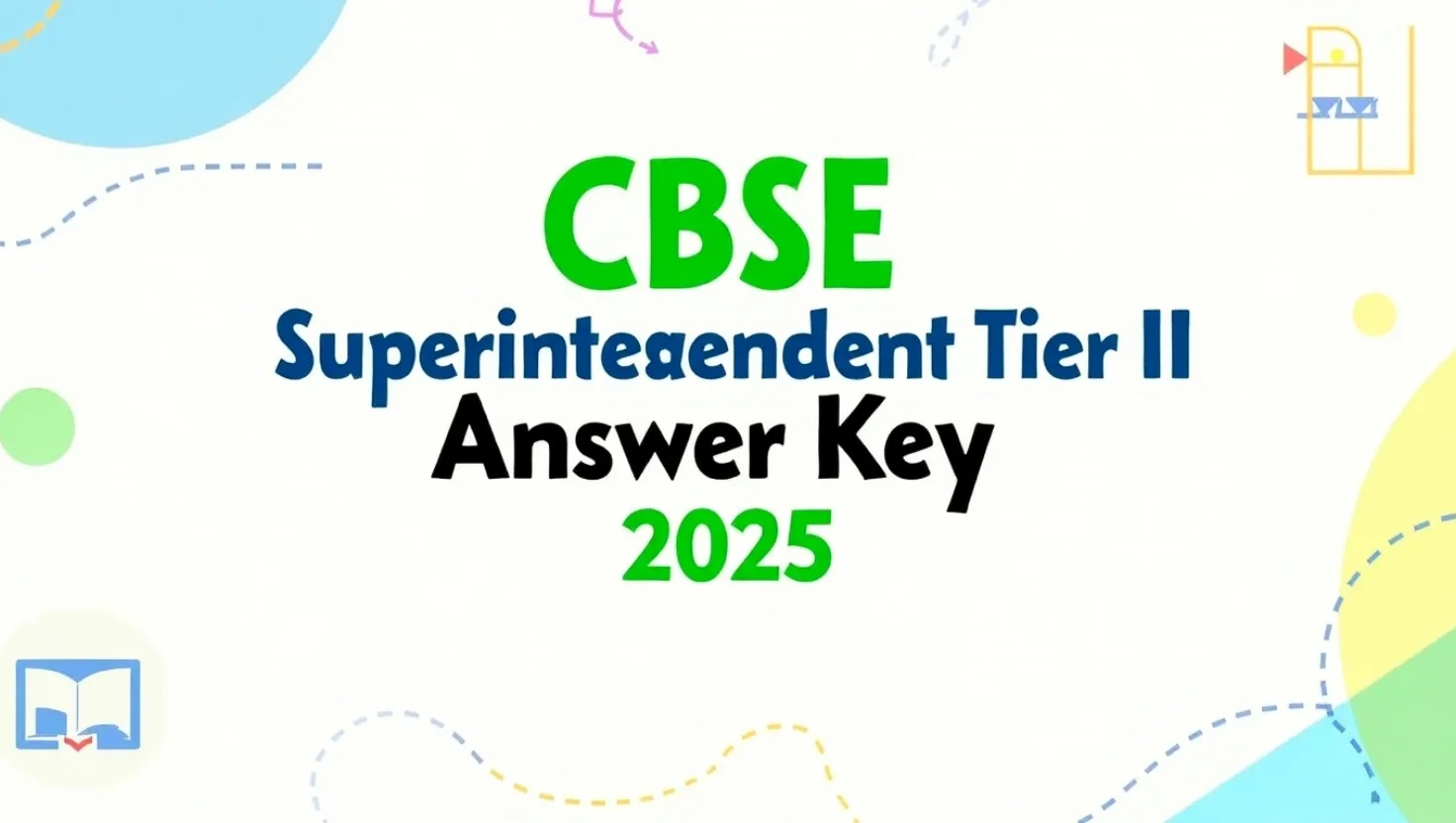The JEE Main 2017 Paper I held on 9th April was one of the major offline exams conducted by CBSE that year. Students from across India attempted the exam to qualify for admissions in top engineering institutes like NITs, IIITs and to become eligible for JEE Advanced. The paper was objective in nature and covered Physics, Chemistry, and Mathematics. Each subject had 30 questions carrying 4 marks each. The total paper was of 360 marks and had negative marking for wrong answers.
I’ve written this article because aspirants often look for reliable past year papers to practice with. The 9th April 2017 paper is particularly useful as it reflects the real difficulty level and pattern of questions asked. Solving this paper can give you better clarity on what to expect in terms of conceptual depth and time management. Whether you are preparing through coaching or self-study, referring to actual JEE papers should be a core part of your preparation strategy. Analysing this paper also helps in understanding the trend of questions over the years. That’s why I highly recommend this to every JEE aspirant aiming for a good rank.
JEE Main 2017 Paper I – Exam Pattern Overview
Here is the structure of the exam as it was on 9th April 2017:
- Mode of Exam: Pen and Paper Based (Offline)
- Total Questions: 90 (30 from each subject)
- Type of Questions: Objective (MCQs)
- Marking Scheme: +4 for each correct answer, -1 for each wrong answer
- Total Marks: 360
- Subjects Covered: Physics, Chemistry, Mathematics
Subject-wise Paper Analysis
Physics
Physics had a mix of easy and moderate-level questions. Topics like Modern Physics, Electrostatics, and Current Electricity were prominent. Few numerical problems required quick calculations and good conceptual understanding.
- High-weightage chapters:
- Current Electricity
- Modern Physics
- Heat and Thermodynamics
Chemistry
Chemistry was the most scoring among all three. Most questions were straightforward and directly picked from NCERT. Inorganic Chemistry was dominant, and Organic had some conceptual reaction-based questions.
- Key topics included:
- Chemical Bonding
- Coordination Compounds
- Environmental Chemistry
Mathematics
Maths was moderate to tough. Some questions were lengthy but doable if the concept was clear. Calculus and Algebra covered a major portion of the section.
- Important chapters:
- Calculus (Definite Integration, Limits)
- Coordinate Geometry
- Probability and Binomial Theorem
Why You Should Practise This Paper
Solving this actual JEE Main 2017 paper gives you:
- Familiarity with the real exam structure
- Confidence to handle 3 hours of continuous problem-solving
- A clear idea of topic-wise distribution
- Practice with actual JEE-level conceptual and calculation-based problems
- Better preparation strategy after identifying your weak areas
It’s not enough to just study chapters from textbooks. You have to apply those concepts in real exam conditions. That’s why practising papers like this one makes a huge difference.
Download PDF
Click here to download JEE Main 2017 Paper I (9th April) PDF



















